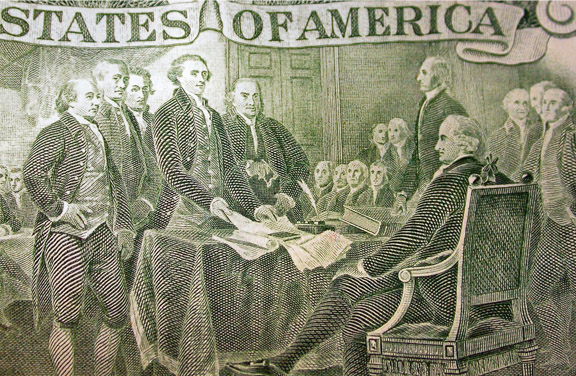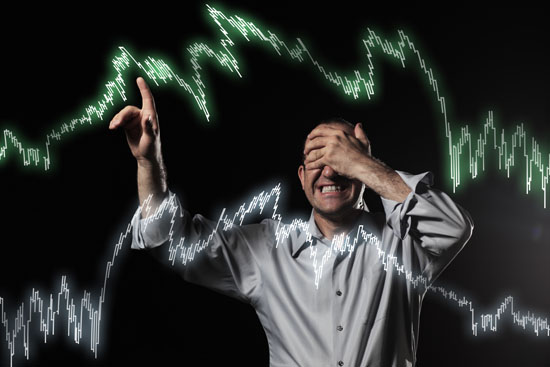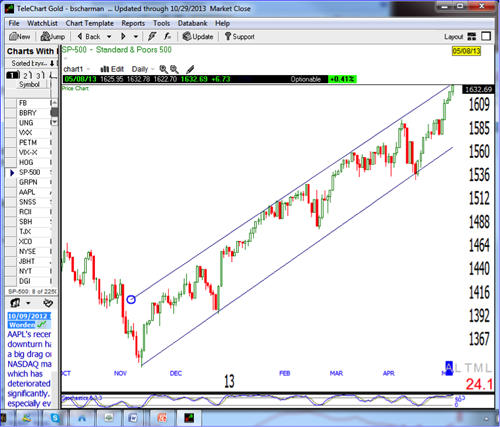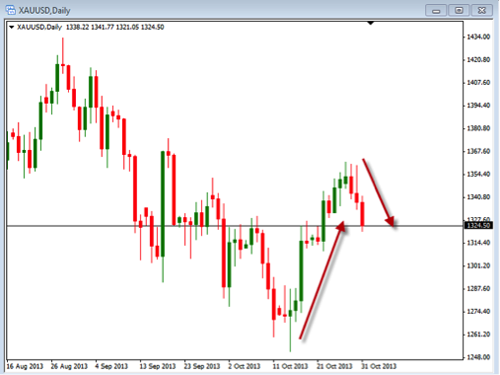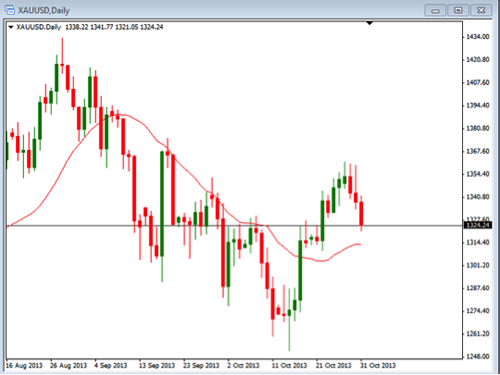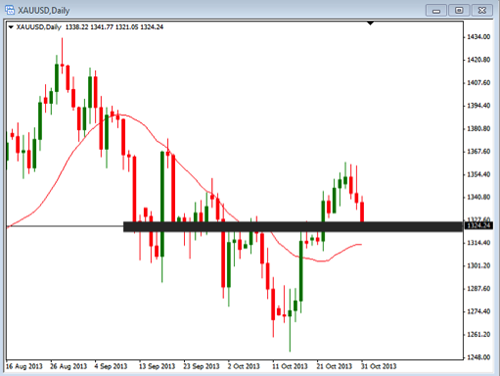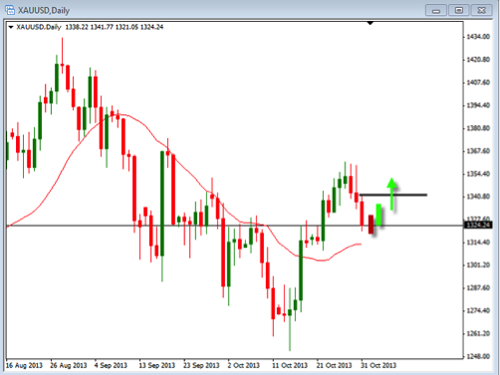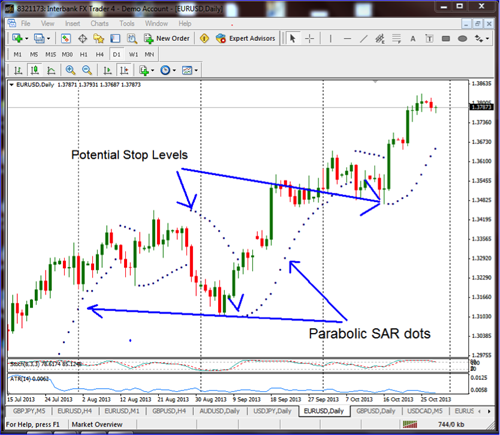With the Veterans Day holiday this week and with some big holidays coming up in the next couple of months, I thought we would discuss a bit about what can happen to the markets during these times. This is something that we deal with almost every month, there is a holiday and the market or banks are closed. With a holiday either the banks will be closed, the market will be closed or both will be closed. With the Veterans Day holiday this week, the market was opened but the banks were closed. For the upcoming Thanksgiving and Christmas holiday both will be closed.
So what happens to the Forex market when there is a holiday? Well there are several things that we want to watch for. First, we need to see what is going to happen to the Forex market as far as closures go. Very rarely will the Forex market actually close. Even if the stock market is closed, the Forex market is likely to still be trading. You will want to speak with your specific Forex dealer to see the days and times the Forex market will be closed. This generally only occurs during major holidays, but check to make sure.
Second, you will want to be aware of how the market trades during these times. If the Forex market is open during the holiday you will generally see it respond in one of two ways.
- The market will become very flat.
- The market will become very volatile.
These results of holiday markets are generally due to the fact that there are fewer traders causing the market movements. This is known as an illiquid market or a market that lacks liquidity. The Forex market is known for the high level of liquidity, which allows for quick trading and tight spreads. When the liquidity is not there, these things become out of whack and the market responds in an unusual way. There are of course many other reasons why the market may be flat or volatile but we should expect this type of movement especially during the holidays.
The market will become flat because the number of traders trading just doesn’t have enough power to push the market in a direction. This causes prices to fluctuate in a tight range during these times. The market may begin to show signs of high volatility during these times if only a few traders begin to do a lot of buying and selling. The few numbers of traders can then cause the larger fluctuations in range of trading for the day.
So how do we approach the market when there is a holiday? Well, the simplest thing to do is avoid trading and enjoy the holiday but if you are determined to trade during these times you should at a minimum lower the risk you are taking in your trades. If your normal risk is 2%, consider lowering it to 1%. Something that will allow you to trade while taking into consideration to potential changes that can happen with the holiday trading.
Take some time to review your process for trading during these time so you can avoid the potential added risk over a holiday.


